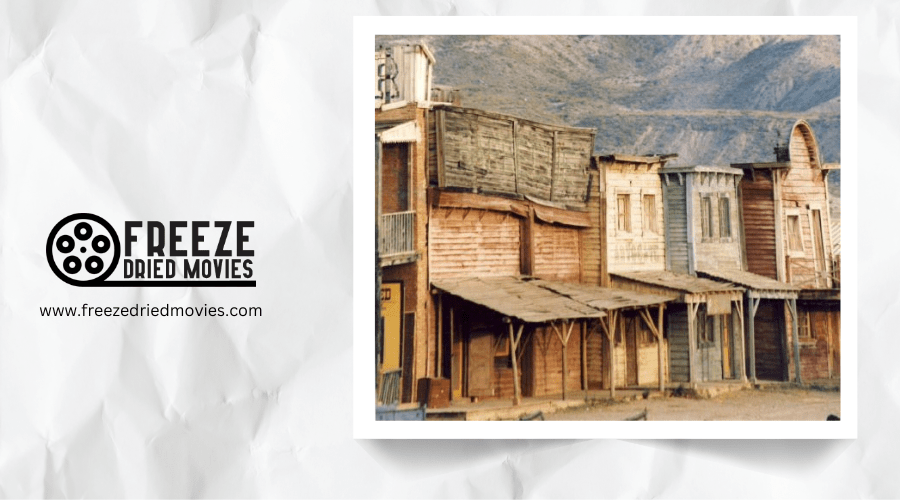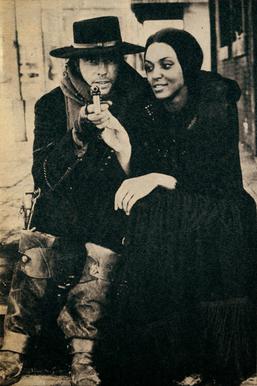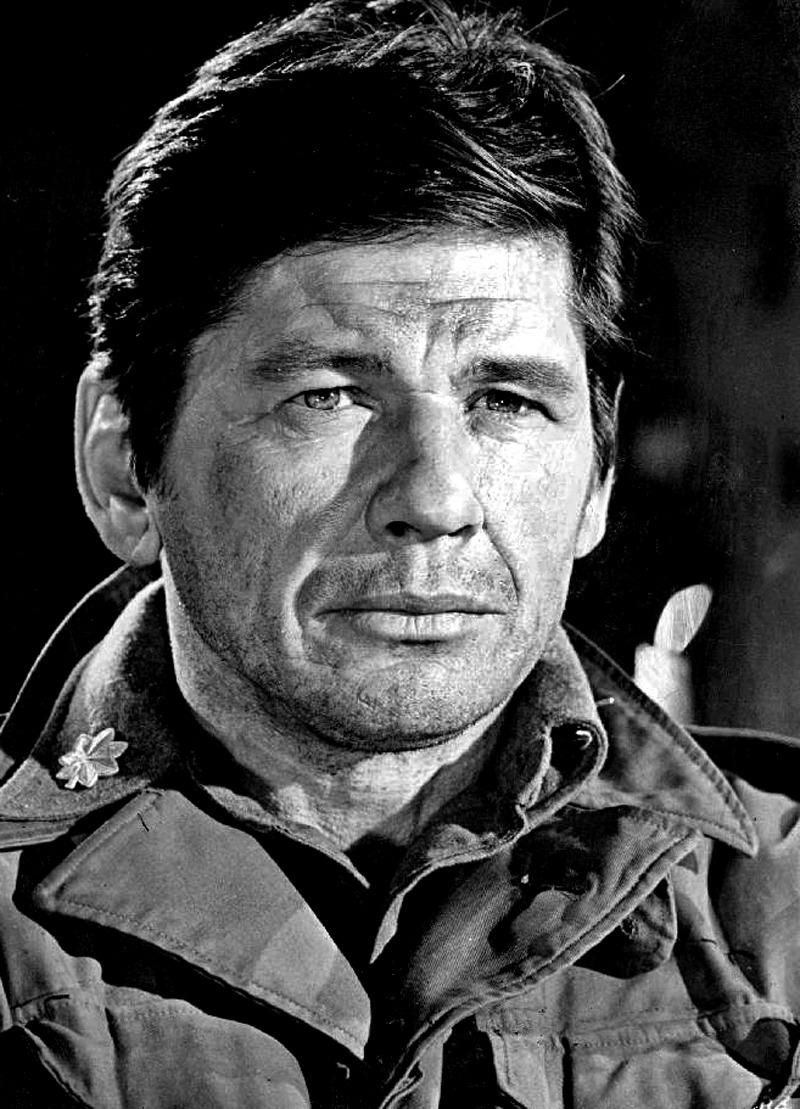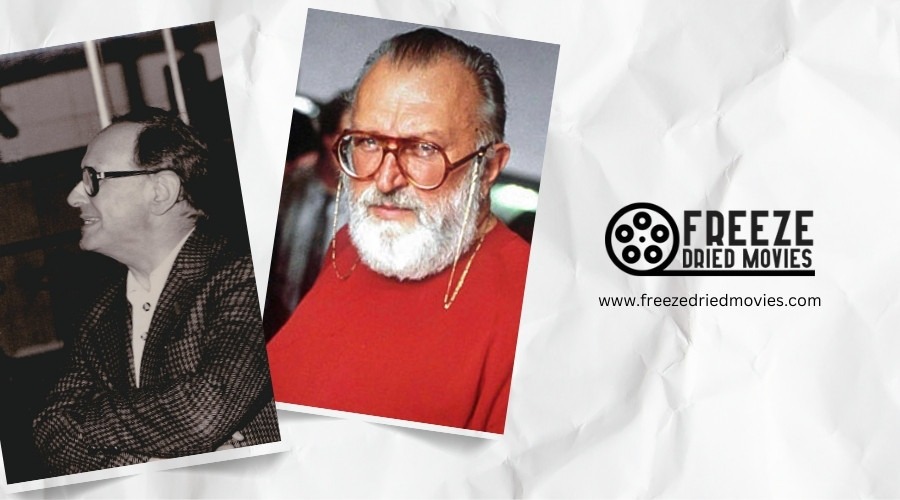Beyond The Good, The Bad and The Ugly: Hidden Spaghetti Western Gems

You've likely heard of "The Good, the Bad and the Ugly," but Sergio Leone's masterpiece barely scratches the surface of the spaghetti Western universe. Beyond this iconic film lies a rich landscape of political commentary, gothic horror elements, and unexpected comedy that transformed the American frontier through an Italian lens. From Corbucci's snow-covered tragedies to the forgotten trilogies that rival Leone's work, these hidden gems offer a fresh take on a genre you only think you know.
Political Spaghetti Westerns: Revolution on the Frontier
While Hollywood westerns often glossed over political realities, a subset of spaghetti westerns dove headfirst into revolutionary themes. Films like "A Bullet for the General" (1967) transformed train robberies into explorations of revolutionary ideology, setting them apart from typical frontier tales.
"Companeros" (1970) continued this tradition, embedding potent political messages within its gunslinging narrative. Similarly, "Duck You Sucker" (1971) placed the Mexican Revolution front and center, refusing to relegate history to mere backdrop.
What makes these spaghetti westerns truly special is their subversive approach to the genre. Rather than celebrating lone heroes, they questioned power structures and highlighted revolutionary struggles. These films challenged viewers to see beyond the shootouts to the political commentary simmering beneath their dusty surfaces.
Unlike the 1940s Hollywood westerns that emphasized character development, these politically-charged spaghetti westerns prioritized systemic critique over individual heroism.
Corbucci's Alternative Vision: The Other Maestro
Beyond the revolutionary fervor that defined political spaghetti westerns, another master craftsman worked in the shadows of the genre's spotlight. Sergio Corbucci, though less celebrated than Leone, created equally powerful films distinguished by their gritty realism and political undertones.
In masterpieces like The Great Silence, Corbucci rejected conventional western narratives, instead populating his frontier with outcasts and underdogs who reflected 1960s social turbulence. Unlike Leone's mythic characters, Corbucci's protagonists navigated bleaker moral landscapes.
His innovative camera techniques and desolate settings amplified the desperation permeating his stories. The Great Silence, with its snow-covered landscapes and uncompromising ending, exemplifies his willingness to subvert genre expectations.
Though commercially overshadowed, Corbucci's unforgiving vision has cultivated a dedicated cult following that recognizes his profound contribution to the spaghetti western legacy. Like Roger Corman's approach to horror, Corbucci proved that compelling storytelling with minimal resources could produce enduring cinematic experiences despite budget constraints.
Hidden Trilogies Beyond Dollars
Although Leone's "Dollars Trilogy" dominates discussions of spaghetti westerns, several compelling yet overlooked trilogies exist within the genre's sprawling landscape. You'll find "The Return of Ringo" and "Run, Man, Run" continuing character journeys with the same gritty aesthetic that defines these Italian productions.
The Sabata trilogy, launched in 1969, showcases a resourceful gunfighter maneuvering treacherous situations with trademark cunning. For those craving humor with their gunslinging, the Ace High trilogy with Terence Hill and Bud Spencer offers a comedic spin on familiar Western tropes.
Even "Trinity Is Still My Name" forms part of a lesser-known series that deserves recognition alongside its more famous counterparts. These hidden spaghetti Western trilogies expand the genre beyond Leone's shadow, revealing the diversity of storytelling within this distinctive cinematic movement. Charles Bronson demonstrated similar boundary-pushing with his portrayal of Harmonica's revenge quest in Once Upon a Time in the West, defining the moral complexity that characterized the best of these Italian-American productions.
Gothic and Horror Elements in Forgotten Westerns

Five forgotten spaghetti westerns ventured into darker territory by blending traditional frontier settings with Gothic and horror elements. "The Cruel Ones" (also known as "The Hellbenders") features Confederate soldiers whose terror tactics evoke Gothic horror amid Western landscapes.
Sergio Corbucci's "The Great Silence" subverts genre conventions with its mute protagonist and snow-covered settings that create an atmospheric dread reminiscent of horror films.
"Keoma" embraces supernatural themes and mythic imagery to explore Civil War trauma, while "Sabata" incorporates occult elements through its protagonist's mystical abilities. "Day of Anger" borrows from Gothic fiction to examine revenge and corruption. These films demonstrate how the Spaghetti Western genre often crossed boundaries, incorporating horror elements that deepened their psychological impact and visual style.
Comedy Westerns: When Spaghetti Met Slapstick
While Gothic elements revealed the darker side of spaghetti westerns, the genre also embraced humor through unexpected comedic turns. Directors like Enzo Barboni and Giuseppe Colizzi pioneered this hybrid approach, blending traditional gunslinging action with slapstick comedy.
You'll find the "Trinity" series starring Terence Hill and Bud Spencer at the heart of this movement. These films parodied established spaghetti western conventions while maintaining the genre's spirit through witty dialogue and exaggerated stunts. The lead actors' chemistry created an instantly likable buddy dynamic that appealed to broader audiences.
"My Name Is Nobody" further elevated the comedic spaghetti western formula by casting Henry Fonda against type as an aging gunfighter. These films succeeded commercially by lightening the typically gritty tone while preserving the action elements fans craved.
Snow and Silence: Winter Westerns of the Italian Frontier
Frozen landscapes create a stunning contrast to the typical sun-scorched terrains of spaghetti westerns. When you explore films like Sergio Corbucci's "The Great Silence" (1968) and "Keoma" (1976), you'll discover a subgenre that replaces dusty plains with blankets of snow and unforgiving blizzards.
These winter westerns use stark, snow-covered settings to amplify themes of isolation and survival. The moral ambiguity deepens against the white backdrop, where Corbucci and Castellari crafted visually arresting sequences—like the breathtaking showdown during "The Great Silence's" climactic blizzard.
You'll find these films trade conventional good-versus-evil narratives for darker, more introspective explorations of vengeance and justice. Their influence extends beyond the genre, inspiring modern thrillers that blend western elements with neo-noir sensibilities.
Cult Performances by Supporting Actors

Beyond the legendary leads like Clint Eastwood and Charles Bronson, spaghetti westerns draw much of their enduring appeal from scene-stealing supporting actors who transformed small roles into unforgettable characters.
You'll find Eli Wallach's cunning Tuco among the genre's most celebrated performances, balancing humor and menace with remarkable dexterity. Lee Van Cleef elevated villainous roles to an art form, particularly as the chilling Angel Eyes and the vengeful Colonel Mortimer.
Meanwhile, Gian Maria Volonté brought surprising depth to his characters, shifting seamlessly between the revolutionary El Chuncho and the cruel Ramon Rojo. Even in smaller productions, actors like Klaus Kinski left indelible impressions—his unhinged Juan Miranda in The Great Silence remains one of the genre's most disturbing antagonists. Franco Nero's brooding Django rounds out this remarkable roster of supporting talent.
The Last Wave: Post-1970 Spaghetti Western Masterpieces
The golden age of spaghetti westerns didn't simply vanish—it evolved into a fascinating final chapter that many fans overlook. Enzo G. Castellari's "Keoma" (1976) represents this migration perfectly, delivering an improvised style and unconventional protagonist that would cement its cult status among genre enthusiasts.
You'll discover unexpected genre blends in works like "Blind Fury" (1989), where Luca Bercovici fused traditional western elements with martial arts to create a distinctive Rutger Hauer vehicle.
Giuseppe Tornatore's "The Legend of the Titanic" (1999) continued the tradition by applying spaghetti western revenge themes to contemporary settings.
This enduring influence culminated in Quentin Tarantino's "Django Unchained" (2012), which reimagined Sergio Corbucci's 1966 classic for modern audiences while honoring the genre's stylistic roots.
Bounty Hunters and Mercenaries: Morally Ambiguous Anti-Heroes
Spaghetti Westerns' most enduring contribution to cinema might be their morally complex anti-heroes—characters who operate in ethical gray zones where justice and profit often collide. You'll find this complexity perfectly embodied in Lee Van Cleef's ruthless bounty hunters in films like "The Big Gundown" and "Death Rides a Horse," where he portrays men whose professional ethics blur conventional moral boundaries.
Sergio Sollima's "The Big Gundown" particularly excels at exploring a bounty hunter's grudging respect for his prey, complicating the hunter-hunted dynamic.
Meantime, Corbucci's "The Mercenary" pairs a professional gunfighter with a revolutionary, creating tension between capitalist and idealist values. "The 5-Man Army" takes this mercenary concept further, showing how even hired guns can develop camaraderie while planning a dangerous train heist for financial gain.



